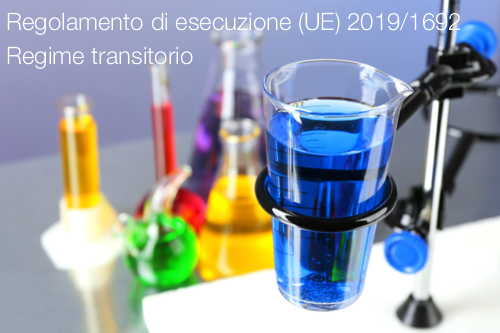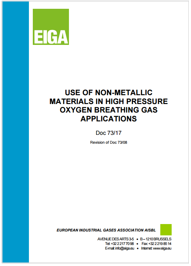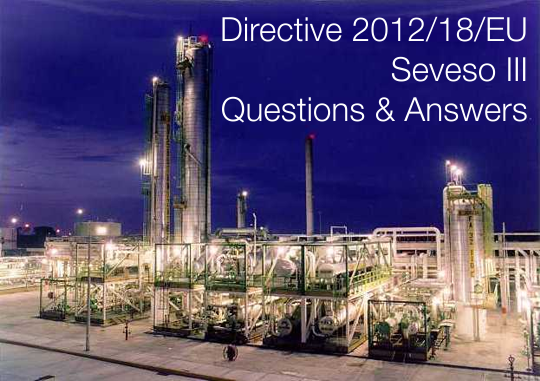Regolamento di esecuzione (UE) 2019/1692

Regolamento di esecuzione (UE) 2019/1692 | Regime transitorio per le sostanze soggette a un regime transitorio
Regolamento di esecuzione (UE) 2019/1692 della Commissione del 9 ottobre 2019 relativo al...

As part of a programme of harmonization of industry standards, the European Industrial Gases Association (EIGA) publication, EIGA Doc 73, Use of non-metallic materials in high pressure oxygen breathing gas applications, has been used as the basis of an internationally harmonized gas association’s publication on this subject. This publication is intended as an internationally harmonized publication for the worldwide use and application by all members of Asia Industrial Gases Association (AIGA), Compressed Gas Association (CGA), European Industrial Gases Association, (EIGA), and Japan Industrial and Medical Gases Association (JIMGA). Regional editions have the same technical content as the EIGA edition, however, there are editorial changes primarily in formatting, units used and spelling. Regional regulatory requirements are those that apply to Europe.
This publication addresses high pressure oxygen breathing gas systems with pressures greater than or equal to 30 barg (435 psig) and with an oxygen content above 23.5% by volume. It applies in particular to non-metallic materials which if they ignite or decompose could contaminate the gas stream with toxic products. The recommendation of this publication can be beneficially applied at pressures lower than 30 barg (435 psig).
This publication is to be applied to high pressure customer breathing installations (for example, hospitals and homecare) where the ignition of non-metallic materials creates an immediate risk of inhalation of toxic products. This includes all elements of that installation from cylinder valve to point of use.
This publication is not intended to apply to cylinder filling centres though it is recommended that the toxicity issue is addressed by a risk assessment of the filling system design.
Table of Contents
1 Introduction
2 Scope and purpose
2.1 Scope
2.2 Purpose
3 Definitions
3.1 Publication terminology
3.2 Technical definitions
4 Safety considerations
4.1 System design
4.2 Cleanliness
4.3 Material susceptibility and toxicity risks
5 Recommendations
5.1 Risk analysis
5.2 Specific recommendations
6 References
7 Additional references
EIGA 2017

Regolamento di esecuzione (UE) 2019/1692 della Commissione del 9 ottobre 2019 relativo al...

Update 2018
Rev. 2018
Rev. 2016
Rev. 2013
This document includes questions and answers (Q&A) concerning primarily technical issues, which arose in the i...
della Commissione del 3 febbraio 2017 che modifica il regolamento (UE) n. 540/2011 per quanto riguarda la proroga dei periodi di approvazione di alcune sostanze ...
Testata editoriale iscritta al n. 22/2024 del registro periodici della cancelleria del Tribunale di Perugia in data 19.11.2024